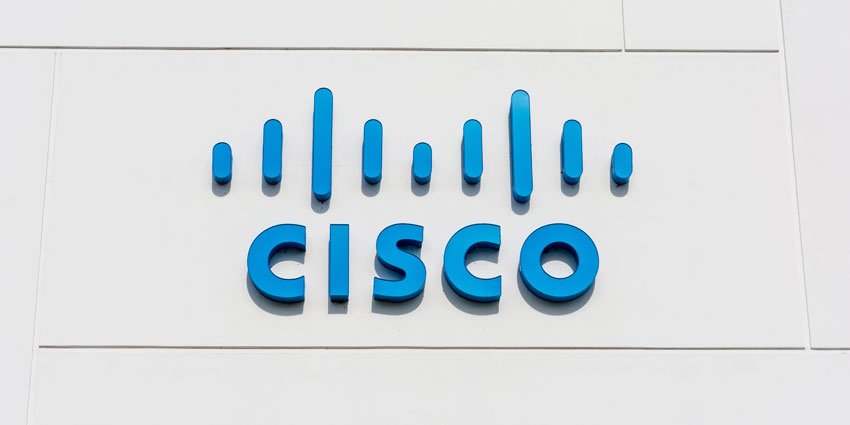In an increasingly globalized world, enterprises often serve a growing number of international customers, even if they weren’t initially the target audience.
These customers expect service availability to flex to their convenience, regardless of your business’s time zone.
Technology and the consequent culture of 24/7 availability have eliminated traditional notions of the hours a brand should be available.
As a result, companies cannot afford to de-prioritize round-the-clock customer service. If they do, they’ll struggle to achieve consistent customer experiences and often high customer loyalty.
So, should businesses adopt a shift-based model, hire for challenging night shifts, and shoulder the costs like additional compensation or commute expenses? Or, can they gain from an agent workforce permanently situated in a different time zone who can be available when the primary location has shut shop?
The “follow-the-sun contact center” model aims to achieve the latter.
What Is a Follow-the-Sun Call Centre?
A follow-the-sun call center is a customer support function that’s available 24/7. It establishes two (or more) teams in opposite time zones so that one set of agents is always available without extending shifts beyond regular 9-to-5 hours.
The follow-the-sun model is popular in any function requiring high availability. Internal IT help desks and agile software development teams working on a deadline are excellent examples.
5 Steps to Set Up a Follow-the-Sun Contact Center
Below are five steps that offer a skeleton structure for setting up a follow-the-sun call center.
1. Standardize Goals and Targets
Configure contact center KPIs and benchmarks so that the same standards apply uniformly across each operation.
Training agents on these KPIs – remotely where required – is critical, so teams can avoid challenges when using them for guidance.
2. Map Out Skills and Scheduling Requirements
Various teams in a follow-the-sun contact center could cater to customer segments from different linguistic backgrounds, cultural origins, and product preferences. Train teams working out of separate locations on these necessary skills.
Also, create a scheduling framework that can accommodate multiple teams, shift changes, idle time between shifts, etc. Significant WFM planning is necessary here.
3. Create a Unified Dashboard
A unified dashboard helps track agent performance in real-time, maintaining continuity across different time zones, shifts, and teams.
A high-level supervisor or process owner can use this dashboard to monitor quality across locations.
4. Adopt Sophisticated Collaboration Tools
Collaboration is a central facet for successful follow-the-sun call center operations, as success hinges on sharing insights across all locations.
Integrating Microsoft Teams into the contact center can help, allowing teams to document shift activities, communicate the upcoming agenda, and ensure everyone is on the same page.
5. Invest in Leadership Upskilling
Each location needs a team leader to head the operations. That person will intersect that location’s performance goals with the organization’s objectives as a whole.
Such a process may require training team leaders in multilingual capabilities, cross-cultural familiarity, and expert interpersonal communications.
Final Thoughts
These five steps can help large companies that maintain a global presence and establish a 24/7 support function without inconveniencing agents or disturbing their work-life balance.
Looking for a CCaaS provider to support your business in setting up a follow-the-sun call center? If so, check out our rundown of the Gartner Magic Quadrant for Contact Center as a Service (CCaaS) 2022







